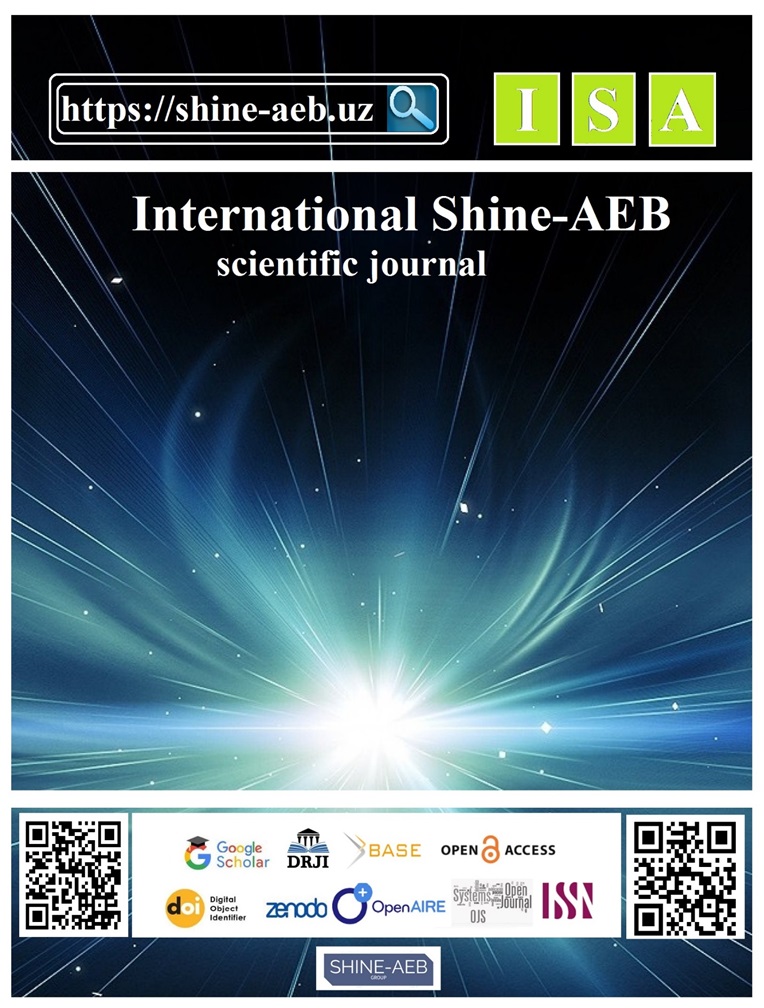4.8 COMPARATIVE ANALYSIS OF TECHNOLOGY OF ANTI-EROSION PROTECTION OF EARTH STRUCTURES USING GEOSYNTHETIC MATERIALS
Abstract
This article examines a wide range of different polymeric materials used in geotechnical, hydraulic engineering and transport construction. It also presents an analysis of the technology of anti-erosion protection of earth structures using geosynthetic materials.
Key words: geosynthetic materials, roadbed, technology, analysis, reserve coefficient of stability, reinforcement, strengthening, anchor.
The use of synthetic materials does not introduce significant complications into the traditional technology of production works, which is determined by the convenient form of their delivery - rolls of sufficiently large width. The length of the web is usually assigned depending on the weight of the web in such a way as to allow its manual laying. And in some cases, technological advantages are created associated with the improvement of backfill and compaction of the soil layer or building materials. Only operations for transportation, laying and connecting webs are added. In addition, changes are made to the preparation of the base and backfill of the material of the overlying layer [1,2,3,4,6].
The preparation of the base is carried out in accordance with current standards, with special attention paid to the need to profile it with the required slope if synthetic materials perform drainage functions in the body or upper part of the roadbed. Preparation of a weak embankment base may not be carried out if there is no risk of damage to the webs; otherwise, it consists of filling in deep holes, ruts, cutting down bushes and dumping a protective layer from local soil if there is surface water on the construction site [5].
Published
How to Cite
Issue
Section
License
Copyright (c) 2025 International Shine-AEB Scientific Journal

This work is licensed under a Creative Commons Attribution-NonCommercial-NoDerivatives 4.0 International License.








